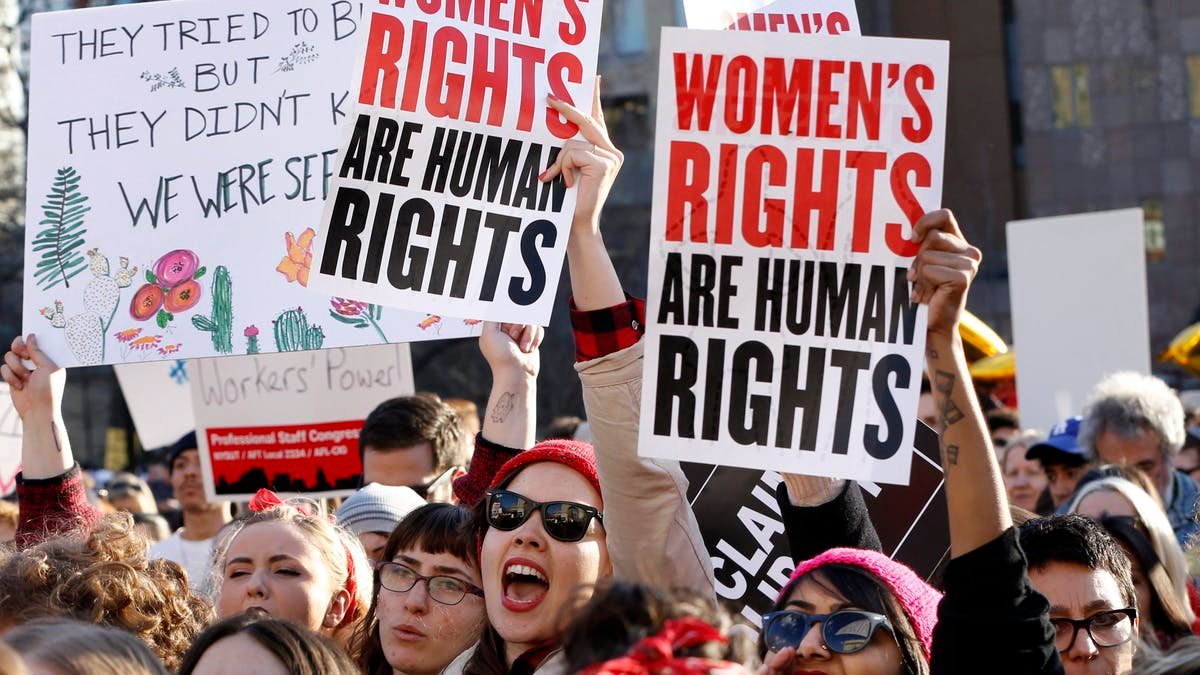India falls well short of the UN’s women, peace, and security goal by denying women justice and equitable opportunity. Kawasi Hidme, a 17-year-old Adivasi girl, was captured with a gang of Maoists in Dantewada, Chhattisgarh, in 2008 for “being engaged in the assassination of 23 policemen.” She was allegedly chained, beaten, raped, and tortured in police custody for the first three months after her arrest, and kept naked during her captivity. She was acquitted of all charges after seven years. In Longding, Arunachal Pradesh, in 2013, a girl in Class VI was raped by an Indian Reserve Battalion constable after he forced her to drink alcohol. The girl was discovered unresponsive beside the circuit house.
These are just two of 114 documented cases of military forces and state police sexual abuse against women in 11 states afflicted by armed conflict between October 2000 and October 2020. India: 20 Years of UNSC Resolution 1325, a report by the Asian Centre for Human Rights, has chronicled them. Non-state entities and armed opposition organisations are also listed as perpetrators of sexual violence in the report.
The Northeast, Andhra Pradesh, Central India, and Jammu & Kashmir are heavily militarised areas where extended periods of conflict have occurred. Despite the fact that women are automatically marginalised and dehumanised in all conflict situations, they play a crucial part in discussions about healing, reconciliation, peace, and justice. Women have demanded accountability and remedy through organisations such as the Naga Mothers’ Association, the Association of Parents of Disappeared Persons in Kashmir, Soni Sori’s battle in Chhattisgarh, and Paramjit Kaur Khalra’s in Punjab.
In confrontations, however, the talking heads from both the resisting and oppressive populations are overwhelmingly men. In her book The Other Side of Silence: Voices from the Partition of India, feminist historian Urvashi Butalia claims that women were very much a part of the bargaining process during the liberation struggle, but that their contributions were simply not written about and erased from history.India has increasingly utilised the discourse on 1325 as a means of virtue-signaling and advancing its hopes for a permanent seat on the Security Council as a big troop contributor. In the absence of a domestic policy on women in conflict regions, India’s deployment of an all-female police unit to the UN peacekeeping mission in Liberia does not equate to fulfilling the 1325 goal. India falls well short of the women, peace, and security agenda by failing to hold the military forces accountable for their abuses, continuing to shelter perpetrators of violence with the support of undemocratic legislation, and denying women agency and equal political involvement.
Non-international conflict
In 2005, the National Action Plans (NAPs) on women in peace and security were developed to address this lack of implementation and accountability. Denmark was the first to do so, followed by Norway, Sweden, and the United Kingdom. NAPs provide forth the procedures that a member state can take to implement Resolution 1325 successfully. On October 31, the resolution commemorated its 21st anniversary, with NAPs from 98 nations. One of those countries is India.
“There are no conditions of ‘armed conflict’ within the territory of India, and so UNSCR 1325 related to Women in Armed Conflict is not relevant to India,” India told the United Nations Committee on the Elimination of Discrimination Against Women in 2007. India refers to heavily militarized areas as “disturbed zones” and “law and order” issues, invoking domestic legislation. India has not ratified the treaty.
Even if their contribution in the peace process is unrecognised and ignored, women are active actors who push these aspects. Understanding the many forms of violence requires adopting a gender lens. The gender of the survivor, for example, influences how people react to sexualized abuse. “Sexualized violence against men is sometimes not even acknowledged,” Guneet argues, “while sexualized violence against women becomes a subject of honour.”
Moments of triumph
India has increasingly utilized the discourse on 1325 as a means of virtue-signaling and advancing its hopes for a permanent seat on the Security Council as a big troop contributor. In the absence of a domestic policy on women in conflict regions, India’s deployment of an all-female police unit to the UN peacekeeping mission in Liberia does not equate to fulfilling the 1325 goal. India falls well short of the women, peace, and security agenda by failing to hold the military forces accountable for their abuses, continuing to shelter perpetrators of violence with the support of undemocratic legislation, and denying women agency and equal political involvement.
Despite its flaws, as Dolly Kikon, a feminist scholar and anthropologist who was one of the 20 women from 20 countries profiled for the Heinrich Böll Foundation’s 20th anniversary of the resolution, said in an earlier conversation, resolutions like 1325 provide a language of peace and reconciliation to young adults from conflict areas like the Northeast. “It’s a vision document that explains what it takes to genuinely demand and push for universal rights.”
OUR LATEST POSTS
- Genpact Recruitment 2022 | Genpact customer service jobs
- Recruitment of RTA Analyst l PhonePe
- Recruitment of Associate Technical Support l Salesforce
- Recruitment of Internship for Customer Service| OnePlus
- Recruitment of Analyst Programmer l Wipro
join our Facebook Page for more latest news and Job Updates please click
For latest news and Job updates you can Join us on WhatsApp :- click here
join our telegram for more latest news and job updates please click
join us on twitter for more latest news and Job Updates please click
